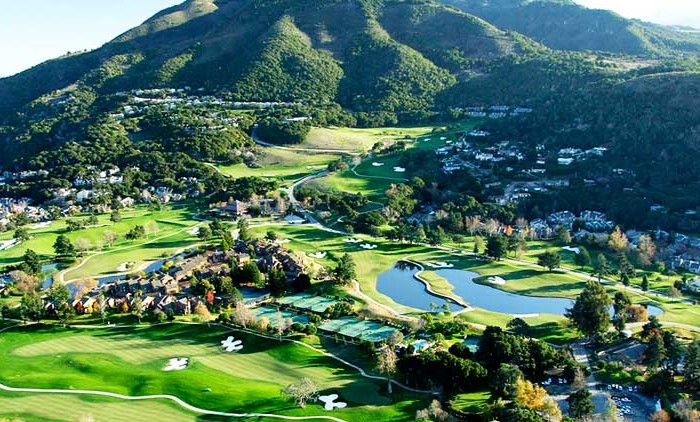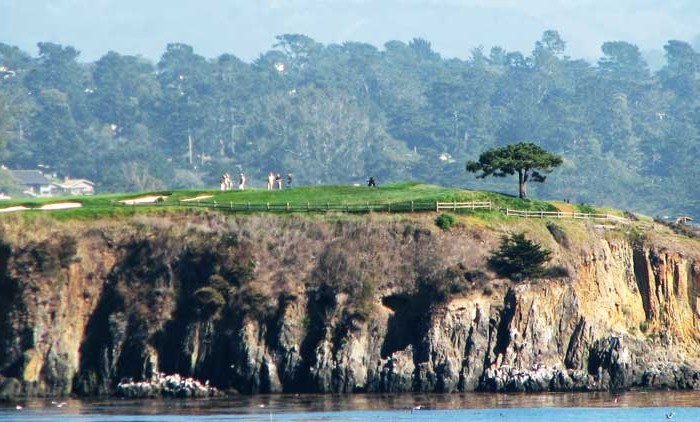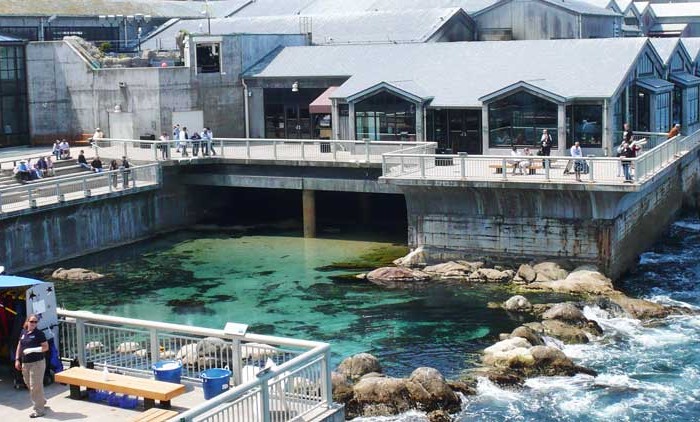Homes, condos and land for sale and rent in Carmel Valley, CA
In November 2009, a majority of residents voted against incorporation.
Hispanic or Latino of any race were 328 persons (7.4%).
The Census reported that 4,403 people (99.9% of the population) lived in households, 4 (0.1%) lived in non-institutionalized group quarters, and 0 (0%) were institutionalized.
There were 1,895 households, out of which 447 (23.6%) had children under the age of 18 living in them, 988 (52.1%) were opposite-sex married couples living together, 162 (8.5%) had a female householder with no husband present, 72 (3.8%) had a male householder with no wife present. There were 104 (5.5%) unmarried opposite-sex partnerships, and 18 (0.9%) same-sex married couples or partnerships. 506 households (26.7%) were made up of individuals and 214 (11.3%) had someone living alone who was 65 years of age or older. The average household size was 2.32. There were 1,222 families (64.5% of all households); the average family size was 2.77.
The population was spread out with 763 people (17.3%) under the age of 18, 220 people (5.0%) aged 18 to 24, 726 people (16.5%) aged 25 to 44, 1,788 people (40.6%) aged 45 to 64, and 910 people (20.6%) who were 65 years of age or older. The median age was 51.7 years. For every 100 females there were 93.8 males. For every 100 females age 18 and over, there were 90.1 males.
There were 2,156 housing units at an average density of 112.4 per square mile (43.4/km²), of which 1,326 (70.0%) were owner-occupied, and 569 (30.0%) were occupied by renters. The homeowner vacancy rate was 2.4%; the rental vacancy rate was 5.6%. 3,214 people (72.9% of the population) lived in owner-occupied housing units and 1,189 people (27.0%) lived in rental housing units.
The Monterey Wine Trolley also offers a tour on a former San Francisco trolley that makes stops at several wineries in the Monterey Peninsula and Carmel Valley Village.
Other cities in Monterey County
Carmel Valley Village Real Estate for sale and rent
Homes, condos and land for sale and rent in Carmel Valley, CA Carmel Valley Village (also known as Carmel Valley for short) is a census-designated place (CDP) in Monterey County, California, United States. At the [...]
Pebble Beach Estate for sale and rent
Homes, condos and land for sale and rent in Pebble Beach, CA Pebble Beach is an unincorporated community on the Monterey Peninsula in Monterey County, California. It lies at sea level. In addition to being [...]
Monterey Real Estate for sale and rent
Homes, condos and land for sale and rent in Monterey, CA The City of Monterey in Monterey County is located on the southern edge of Monterey Bay, in the Northern Portion of California's Central Coast. [...]
Salinas Real Estate for sale and rent
Homes, condos and land for sale and rent in Salinas, CA The land currently occupied by the city of Salinas is thought to have been settled by Native Americans known as the Esselen prior to [...]




